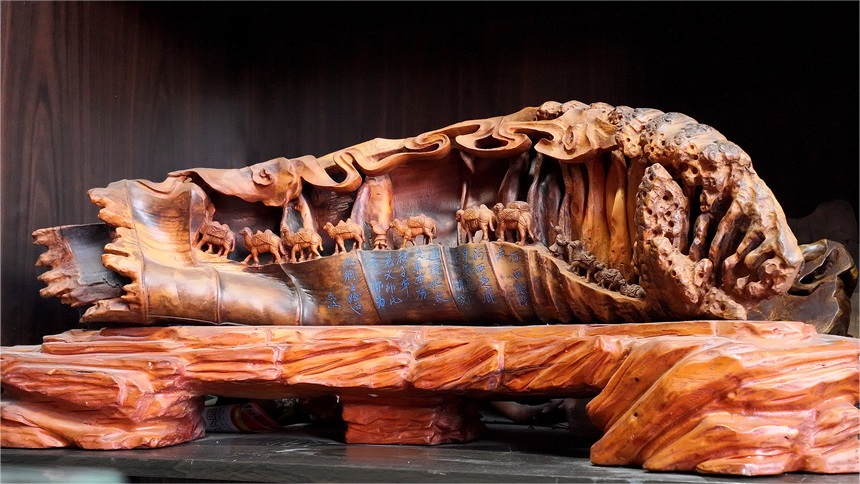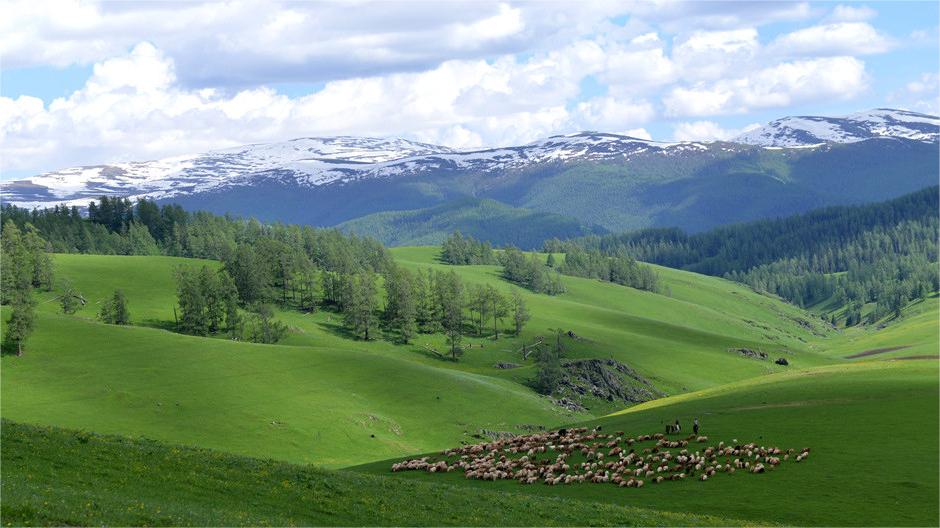Booming yellow croaker aquaculture in China's Fujian reflects Xi’s all-encompassing approach to food
The coastal waters of Guanjingyang in Ningde city, southeast China's Fujian Province, are an important spawning ground for the large yellow croaker. However, the species faced a precarious situation due to overfishing during the 1960s and 1970s, which severely depleted its population.
From June 1988 to April 1990, Xi Jinping served as secretary of the Communist Party of China (CPC) Ningde Prefectural Committee. At 35, Xi began his work by conducting extensive research and exploring the area.
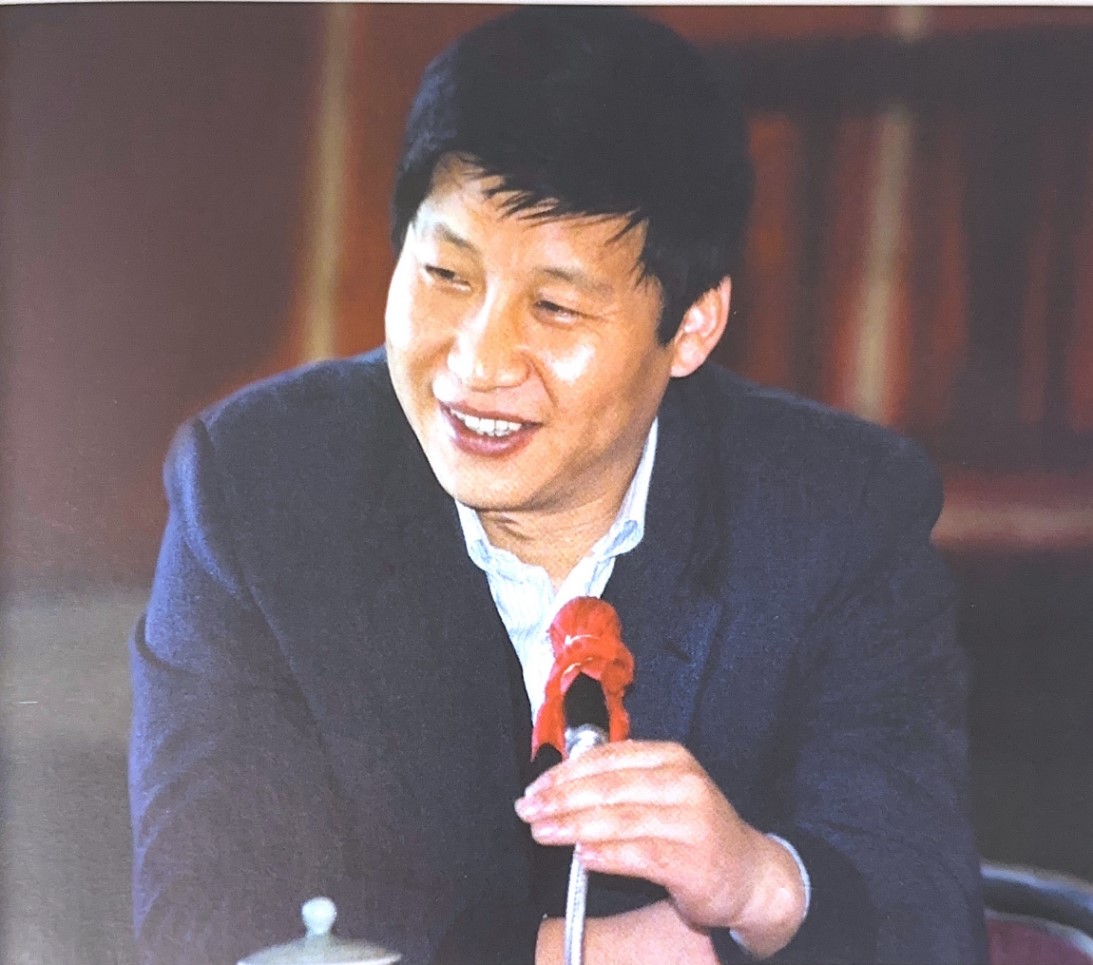
From June 1988 to April 1990, Xi Jinping serves as secretary of the Communist Party of China (CPC) Ningde Prefectural Committee. (Photo from the book "Up and Out of Poverty")
During this period, Xi discovered information in the Funing Prefecture Chorography that revealed the presence of a substantial croaker population in Xiapu county of Ningde, which had yet to be fully utilized.
He brought together a team of marine industry experts to investigate how to breed large yellow croaker artificially. In 1990, scientists and technicians developed essential techniques for the large-scale artificial breeding of yellow croakers in Ningde.
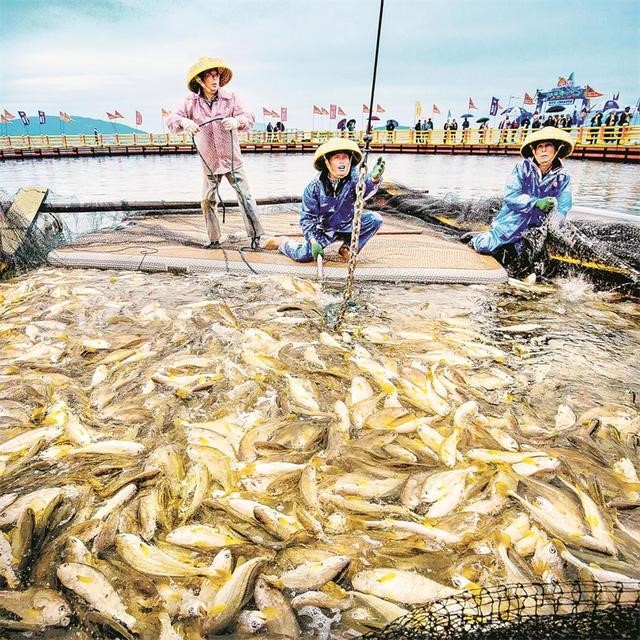
Fishers harvest large yellow croakers at a fish farm in Guanjingyang, Ningde city, southeast China's Fujian Province. (Photo courtesy of the Media Convergence Center of Jiaocheng district, Ningde city)
Today, large yellow croakers from Fujian Province are popular on dining tables across China. Remarkably, eight out of every 10 large yellow croakers consumed in the country come from Ningde.
What's the all-encompassing approach to food?
"In the past, grains were narrowly understood as cereal crops such as rice, wheat, and corn. Now, when we talk of grains, we mean all food, and this broader concept of grains has replaced the old notion of grains being the center of production," said Xi in the book "Up and Out of Poverty."
Xi once said that when he worked in Fujian, he worked in both mountainous and coastal areas. At that time, he proposed an all-encompassing approach to food.
Xi also advocated for ocean-based development for Fuzhou and Fujian.
While working in Fujian, Xi promoted the development of characteristic advantageous industries such as tea, aquatic products, flowers and seedlings, bamboo and forests, fruits, livestock and poultry, and vegetables, guiding Fujian to practice an all-encompassing approach to food.
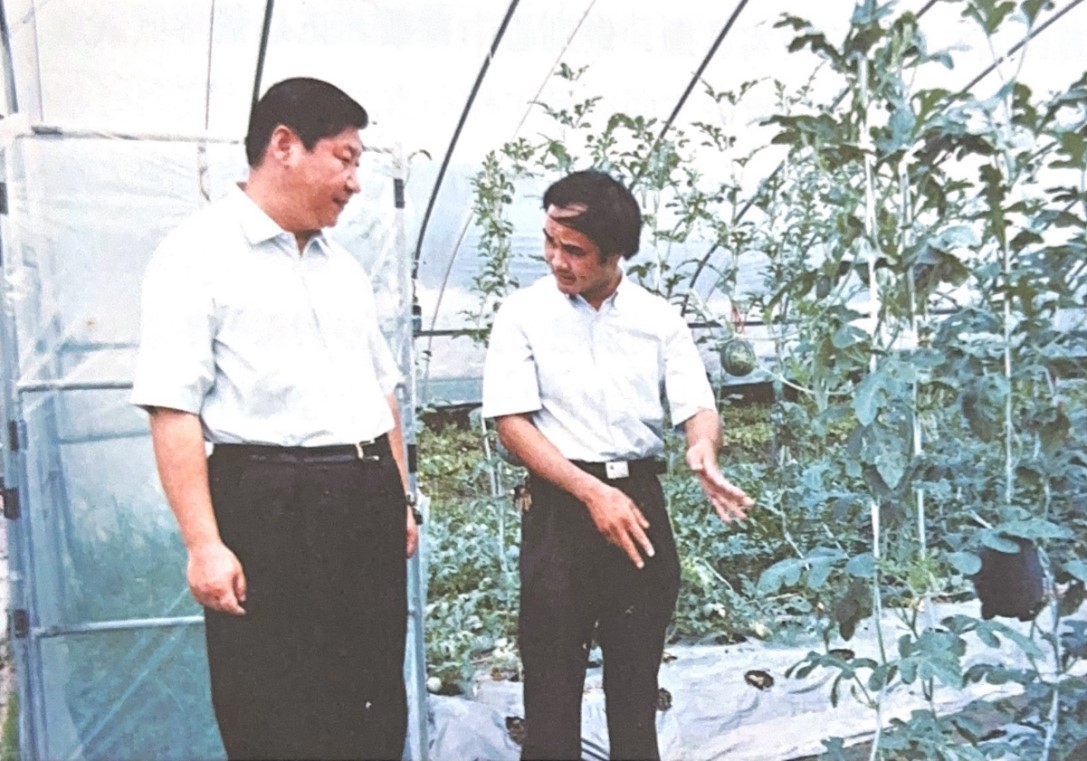
Xi Jinping makes a research tour at a greenhouse vegetable base in Wuli village, Wan'an township, Wuping county, Longyan city, southeast China's Fujian Province, in June 2002. (Photo from the book "Xi Jinping in Fujian")
More than 30 years have passed, and China has witnessed tremendous transformation in its economic and social development. At the same time, President Xi's thinking on an all-encompassing approach to food has become even more profound.
The Central Rural Work Conference in 2015 proposed establishing an all-encompassing approach to agriculture and food.
The report to the 20th National Congress of the CPC outlined adopting an all-encompassing approach to food, developing protected agriculture, and building a diversified food supply system.
The Central Rural Work Conference in 2022 emphasized that an all-encompassing approach to food must be adopted to build a diversified food supply system and develop food sources in multiple ways.
As China expedites the development of an agricultural powerhouse and continues to practice an all-encompassing approach to food, the nation's dining tables are becoming increasingly abundant, nutritious, and safe.
Photos
Related Stories
- Xi extends congratulations to new president of North Macedonia
- Xi stresses efforts to promote high-quality development of tourism sector
- Xi sends condolences over Raisi's death
- Pivotal allocation from Xi saves century-old landmark on island of China's Xiamen
- President puts museums in spotlight
- Xi stresses improving modern tourism systems, building strong tourism sector
Copyright © 2024 People's Daily Online. All Rights Reserved.






